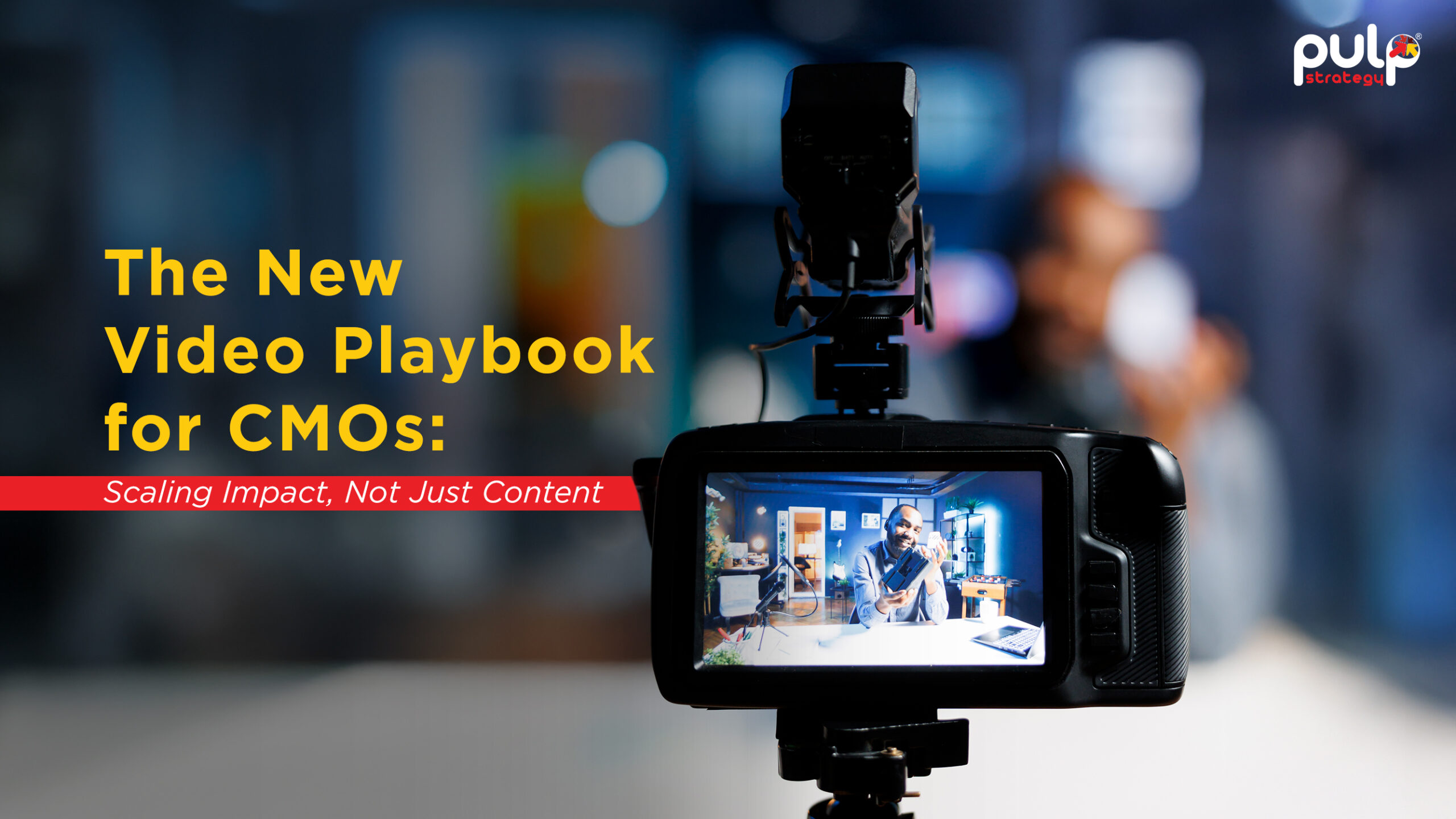Content consumption has come a long way since its heydays. Today's internet users have evolved tastes when it comes to consuming content. In the early days, users were willing to put up with slow speeds, static content, and marketing that didn't interest them. But that has long changed. Today, users crave content that makes them scratch their heads in awe. In this digital age, they prefer fast-moving, real-time content that they can potentially gain something from or share with their close ones.
Long-Form vs Short-Form Content
Long-form content is described as content that is typically 2,000 words in length or thereabouts and makes for a compelling, insightful read. There are a number of reasons to leverage long-form content. First and foremost being, Google will rank a long-form piece of content over a short one. In-depth blog posts, informative white papers, educational webinars, and similar types of content are the perfect platform to demonstrate expertise on a specific topic and/or industry. Additionally, long-form content provides valuable information to a brand's highly-invested audience that wants to learn more about its area of expertise.
Short-form content can be read in as little as two minutes and is usually produced to be consumed on the go. Blog posts under 1,000 words, social media content, infographics, and lists are perfect examples of short-form content. Users have a tendency to scan through content, rather than reading every last word. Using concise language, a brand can convey a strong message to their audience quickly and effectively. Short-form content is also more mobile-friendly than its long-form counterpart, allowing it to reach more people.
Successful content marketing hinges on expertly-crafted strategies that require both short-form content and long-form content. Short-form content will help brands connect and engage with its audience while long-form content is intended to educate and inform.
Interactive Content: Where all the action is
Content is king and there's no denying that. As a way to keep audiences engaged, more and more brands are recognizing the benefits of interactive content. Interactive content boosts engagement. More engagement means more views, and that leads to more brand awareness, eventually translating into more customers.
Interactive content like games, videos, quizzes allows users to get involved with a specific piece of content. However, brands ought to remember that while interactive content should be helpful to users and drive leads for the company producing it, its ultimate goal is to provide an enjoyable experience for users. The goal for brands when creating interactive content should be to make it visually appealing and fun to interact with.
Let’s delve deeper and explore the various sure-fire ways through which brands can use Content Marketing to generate leads.
Select the Right Audience
Capturing the wrong leads is as bad as capturing none. In fact, it’s probably worse because it wastes resources on a lead that’s unlikely to convert. Thus, selecting the right audience to target will enable brands to specify the type of people that want as leads. This 'buyer persona' should contain as many details as possible. Having buyer personas is bound to let brands make their content focused on attracting these types of people.
Leverage Content Syndication
Content syndication is the process of having a brand's content on third-party sites that are more popular than their own in an effort to reach a much bigger audience. Content syndication will allow brands to get much larger exposure. When brands syndicate their content aimed at capturing leads to a website with their ideal audience, it becomes a massive opportunity to capture many more leads.
Lead Magnets & Content Upgrades
Nowadays, people are reluctant to share their contact details as it floods their inbox with junk mail they don't need. So to capture leads, brands have to first provide value. That's where lead magnets come in. They help solve a problem for a brand's audience and serve as an incentive for visitors to release their personal details. Contents like ebooks, webinars, courses, and videos can serve as interesting lead magnets.
Lead magnets are an efficient way to generate leads due to their easy accessibility and prompt response in solving consumer problems. They offer to solve a specific problem which is to convert abandoning visitors.
Similarly, content upgrades are pieces of content offered to a visitor that is relevant to the page content. While they are technically lead magnets, they usually generate even higher conversions because they are related to what the visitor reads in real-time. In some cases, this could just be a PDF copy of the page or another format of the page content that readers can keep for future reference. Content upgrades will help brands achieve very high conversion rates.
Improving the Landing Page
Since most landing pages are built specifically to capture leads, optimizing them for higher conversion is a no-brainer. Making the CTA button easily visible is important. It needs to stand out for the visitors to want to click on it.
No landing page is perfect. Therefore, brands need to constantly run tests to improve their conversions. By tracing different page elements like page copy, CTA, images, form fields, etc, they can track their effects on conversion and fix any shortcomings. An optimized landing page is bound to propel conversion rates.
Target Keywords
Target keywords in content marketing are important for various reasons. Researching what keywords are trending or popular will give brands an idea of what people are searching for. In turn, brands will gain insight into what users are hoping to learn from the content they find.
Along with meeting audience needs, using targeted keywords in content marketing can also help brands figure out what topics to cover with their content. When they know what keywords are trending, or what has a high search volume but not much in the way of results, they will be able to shape their content calendar and schedule around those keywords.
Target keywords retain a strong place in content marketing and can help guide the subjects and topics of a brand's content. But it’s essential not to put keywords first these days. When creating content, brands are first advised to make sure that it’s user-friendly.
Importance of Social in Content Marketing
The role of Social Media is Content Marketing for all its benefits, is often misunderstood by many who tend to reduce it to a mere game of numbers. When done right, it can actually help businesses build a stronger online presence, reach audiences of great quality in a huge quantity, and also offers new opportunities for branding amidst the COVID-19 crisis.
Social Media Content Marketing is so much more than focusing on and hunting for engagement, likes, shares, and retweets. By putting the focus on sharing quality content, brands can achieve greater things, thus putting them on the road to gain back their market share.
High-quality content works best when it gets distributed over social media. Quality content has the power to make people feel passionate about the brand. Mainly because a successful Social Media Content Marketing campaign helps them see that they share the same values. A great way for brands to start is to share and demonstrate the company’s values throughout the content you share on social media. Social media platforms are great for sharing high-quality content that a brand's audience will value.
To cut through the noise of Content Marketing to generate more leads, brands will have to focus more on their target audience’s needs. When properly and consistently implemented, the above-mentioned steps will ultimately help brands to generate leads with valuable custom content.
In order to attract more leads, a brand's content has to resonate well with its audience. Before devising their content marketing strategy, brands will have to study the market and their audience to discover what type of content will engage them the most.
Click here to get in touch with our experts today.







